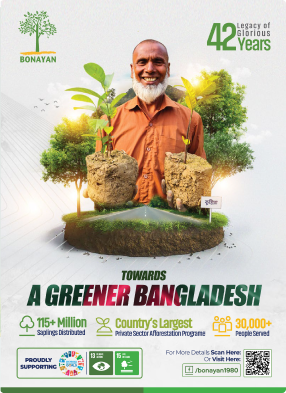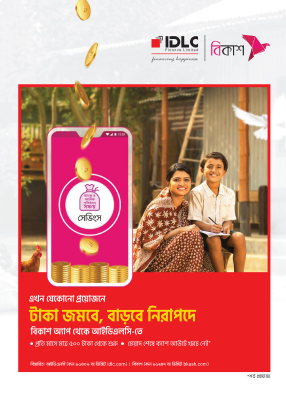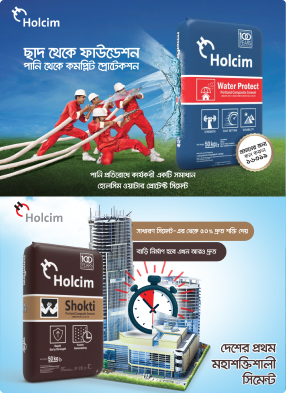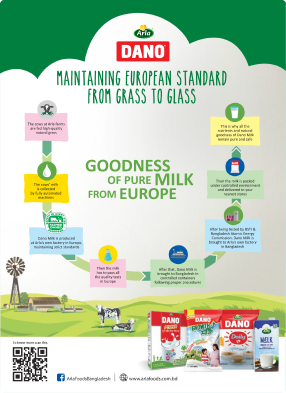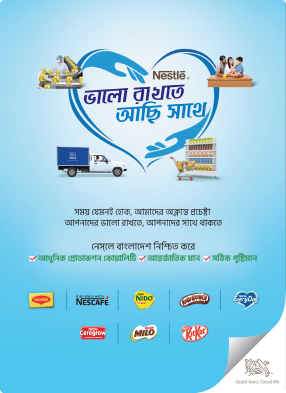- info@ficci.org.bd
- |
- +880248814801, +880248814802
- Contact Us
- |
- Become a Member
- |
- |
- |
- |
- |
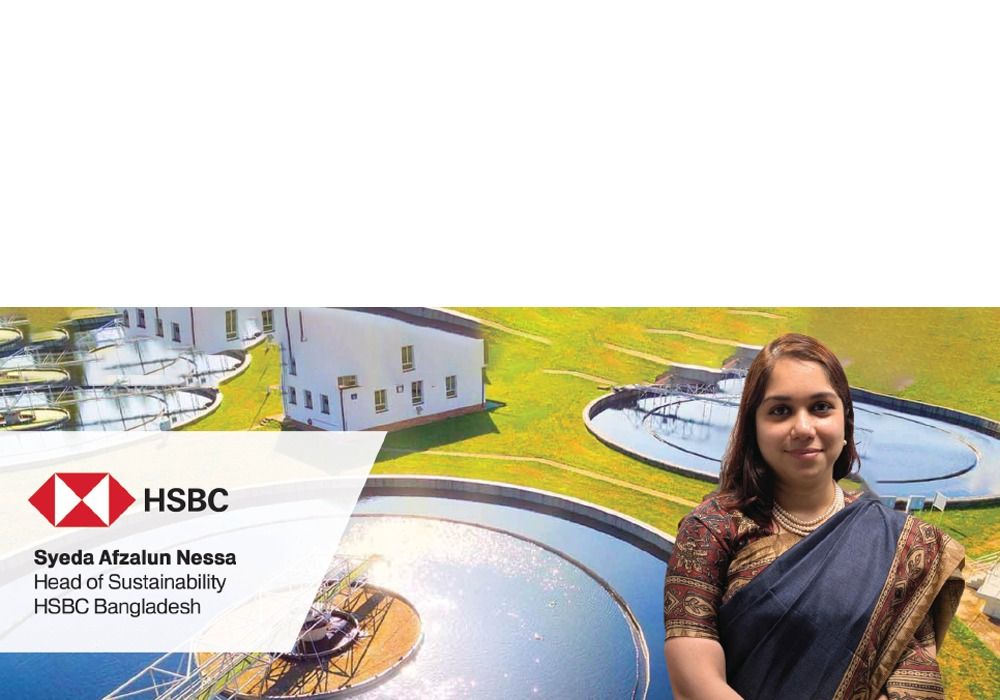
Bangladesh is home to a vast network of rivers and receives plentiful rainfalls during the monsoon season. The country's landscape, economy, and way of life revolve around this essential resource -water. But today, water faces mounting pressure from pollution, overuse, and the impacts of climate change.
To build a sustainable and resilient future, it's time to rethink how water can be managed better. This means investing in water reuse and recycling, harnessing the power of rain, turning saline water into a viable source and planning for redirecting flood waters to store and use for agriculture during dry seasons. These steps are an opportunity for innovation, environmental restoration and economic growth.

Water: The Engine of Growth
Water sustains life, feeds the fields, powers industry, and helps the economy flowing. Agriculture makes major direct contribution to the GDP of approximately 11-13%; this sector heavily relies on freshwater. At the same time, the booming textile sector-contributing over 80% of export earnings-demands large volumes of clean water for dyeing and finishing processes.
Bangladesh's groundwater tables are falling, especially around Dhaka. Many of the country's rivers are polluted by untreated industrial waste. In the coastal belt, seawater intrusion is contaminating freshwater sources, threatening farming and public health. Right interventions may minimise the risks related to safe water scarcity. Below are some examples:
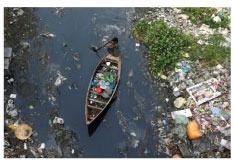 Reviving Rivers: A Blueprint for Industry and Biodiversity
Reviving Rivers: A Blueprint for Industry and Biodiversity
Bangladesh's iconic rivers-the Buriganga, Turag, and Karnaphuli-are in crisis. Once lifelines for trade and agriculture, many are now clogged with effluent and solid waste, making them unusable for most industrial and domestic needs.
By restoring river health through better wastewater treatment, stricter pollution control, and investment in central effluent treatment plants (CETPs), Bangladesh can unlock a reliable source of water for industrial reuse. Treated river water can support textile production, cooling systems, and even agriculture-reducing pressure on groundwater.
Cleaner rivers also mean more life below water. Fish populations can recover, aquatic ecosystems can thrive, and rivers can once again support livelihoods for millions of people. It's a win-win for both industry and nature.
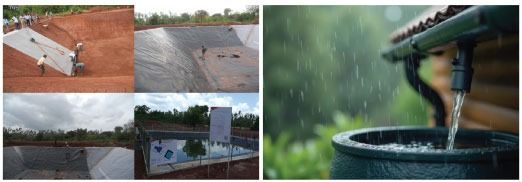
Rainwater Harvesting: The Untapped Resource
Bangladesh receives generous rainfall-especially during the monsoon and most of this precious resource flows away unused. Rainwater harvesting presents a cost-effective, climate-friendly solution to the country's growing water stress.
For Industry: factories can collect rainwater from rooftops and paved surfaces for use in cooling towers, dyeing processes, and cleaning operations. This reduces dependence on groundwater and helps lower production costs.
For Homes: in both rural and urban settings, rainwater harvesting systems can provide water for washing, toilet flushing, gardening, and, with filtration, even drinking. This is particularly valuable in areas where piped water is limited or unreliable.
Encouraging rainwater harvesting through incentives, awareness, and integration into building codes could transform it from a niche idea into a national solution.
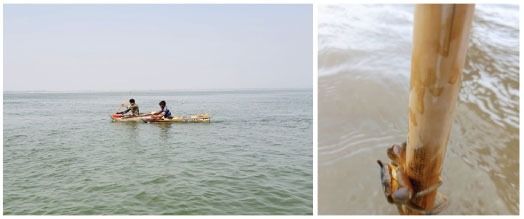
Water Salinity: From Threat to Opportunity
Climate change is making coastal water sources increasingly saline, particularly in districts like Khulna, Satkhira, and Bagerhat. This poses a serious threat to agriculture and drinking water supplies.
Research into low-cost saline water conversion is taking place for exploring affordable desalination technologies that work without expensive infrastructure. Solar-powered reverse osmosis systems, pond sand filters, and membrane distillation are among the promising approaches.
Startups and NGOs are piloting small-scale desalination units that are low-maintenance and off-grid-perfect for rural or disaster-prone areas. These innovations could provide clean water to millions if they are developed to support at scale.

Turning Floods into Fields: Storing Monsoon Water for Dry Season Farming
Redirecting floodwaters during the monsoon season can offer a powerful solution to water scarcity in the dry months, particularly for agriculture. Instead of letting excess water flow unused into the sea, controlled diversion and storage-through canals, retention ponds, or underground reservoirs-can recharge groundwater and provide irrigation during the winter season. This stored water can help farmers grow additional crops, improve soil moisture, and reduce dependence on deep tube wells, which are energy-intensive and deplete groundwater. With proper planning and infrastructure, floodwater management can turn a seasonal challenge into a year-round agricultural asset, boosting food security and rural livelihoods.
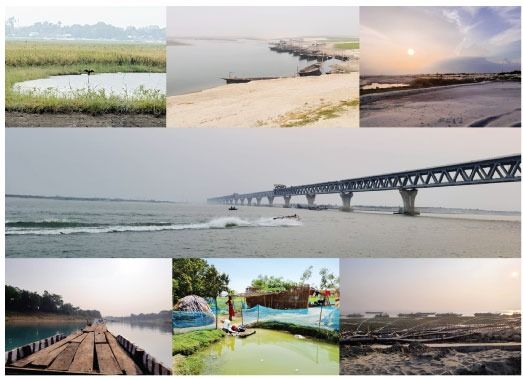
The Future Flows from Here
The path to water security in Bangladesh is to reuse, recycle and revive by using existing solutions and through innovations. Reusing wastewater, capturing rain, and converting saline into sweet water are essential strategies for progress.
Government support, private sector investment, and grassroots innovation must now come together to build a water-resilient nation. With the right policies, technologies, and partnerships, Bangladesh can turn its water challenges into a story of regeneration-where rivers run clean, water is recycled and reused and every community has enough to thrive.

